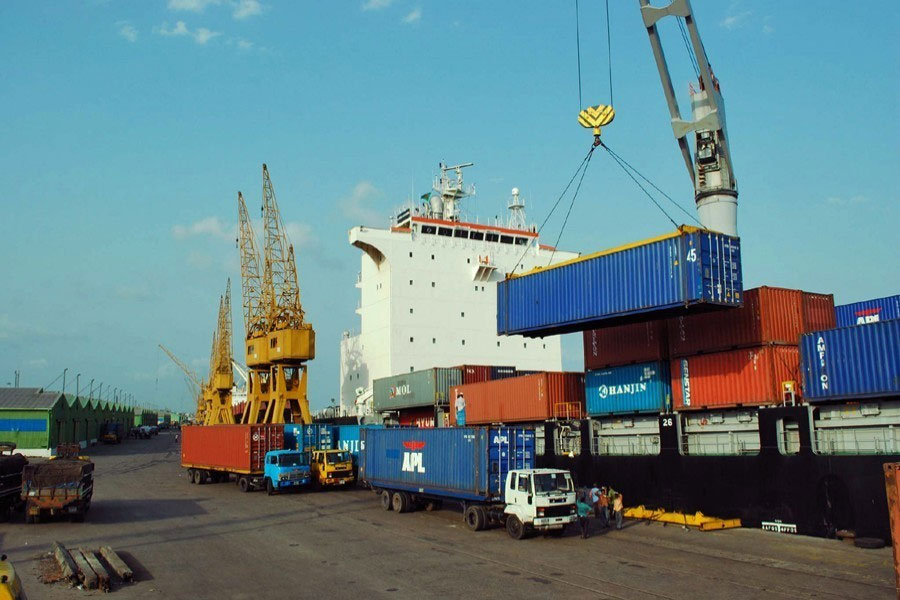
Published :
Updated :

Although there has been much talk about free trade agreements (FTAs) in the offing between Bangladesh and other nations, things aren't as simple as that. FTAs are a tortuous process - takes years to sift through the demands and expectations of parties involved. Hence, the country would benefit if policy direction focused more on export diversification and bringing productivity up to speed to increase the competitiveness of our products in the international markets.
Bangladesh has stepped into the decade of LDC graduation and when it moves into the category of LMIC (lower middle-income country), it will lose a lot of the concessions it still receives from developed countries. Hence, arises the question of export diversification. Till now, exports have been largely concentrated to two major international markets. According to Asian Development Bank (ADB) estimates, exports to the USA is about 16 per cent and UK+EU constitutes 58.2 per cent, which means more than 75 per cent of exports go to these two destinations. Hardly conducive for Bangladesh because this gives both the United States and Europe (including the UK) a lot of political and economic leverage over the country! Canada and Japan each stand at 3.1 per cent, and the percentages fall after that.
Now why is that? It is primarily because Bangladesh, even after more than 50 years of independence has concentrated its efforts to building just one category of exports, i.e. readymade garment (RMG). The bulk of its fiscal incentives have been geared towards making Bangladeshi RMG sector the cheapest option for foreign buyers. Little effort had been put into raising the competency of industry to increase its competitiveness, diversify the product base and more importantly, seek out new markets to reduce its dependence on a handful of export destinations.
As Bangladesh heads towards LDC graduation in 2026 (it will still enjoy some LDC benefits till 2030), its economy is woefully underequipped to face challenges since a lot of the incentives enjoyed by domestic industry will be phased out. Policy reform needs to take into cognizance the need for diversifying the export basket, not simply in terms of RMG but diversifying incentives to other potential industrial segments like leather and synthetic footwear, bio-degradable materials such as jute and jute products, etc.
As reported in this newspaper recently, "improving export competitiveness and achieving diversification will necessitate various actions, including tackling policy induced anti-export bias, enhancing product quality and standards, attracting foreign direct investment to connect with global supply chains, conducting prudent exchange rate management to promote external competitiveness, dealing with sector-specific supply-side constraints, and addressing the high business costs. Proactively seeking trade preferences post-LDC graduation is also crucial for sustaining export competitiveness."
Exports need to be strengthened but that will have to come from non-RMG sectors. RMG sector will have to evolve on it from this point on. That of course is easier said than done, but policymakers must be aware of the implications of not doing enough on this front because time is running out. Policy incentives need to be diverted away from RMG to non-RMG sectors, i.e. "eliminating discriminatory access to policy initiatives. The bonded warehouse facilities, in particular, should be granted to all export sectors and units irrespective of whether they are 100% export-oriented or not." These recommendations came up in ADB's latest policy brief and should be paid heed to. Procrastination on necessary reforms is no longer a luxury that the country can afford, but the question remains whether policymakers will pay heed.
mansur.thefinancialexpress@gmail.com


 For all latest news, follow The Financial Express Google News channel.
For all latest news, follow The Financial Express Google News channel.